-
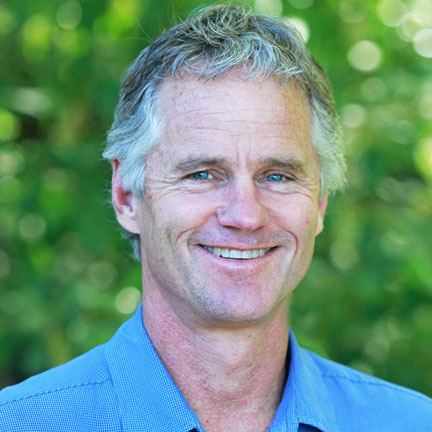
While most western rural counties are aging and losing young families, the loss of school kids in rural western counties with protected lands such as National Monuments was, on average, less than half the rate of loss for similar counties without protected lands. Read more
-

This post compares economic and demographic characteristics of communities where coal-fired power plants have recently retired or are scheduled to retire. Read more
-
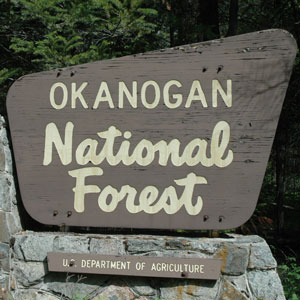
Update: Rural counties in the West with more federal lands performed better on average than their peers with less federal lands in four key economic measures. Read more
-
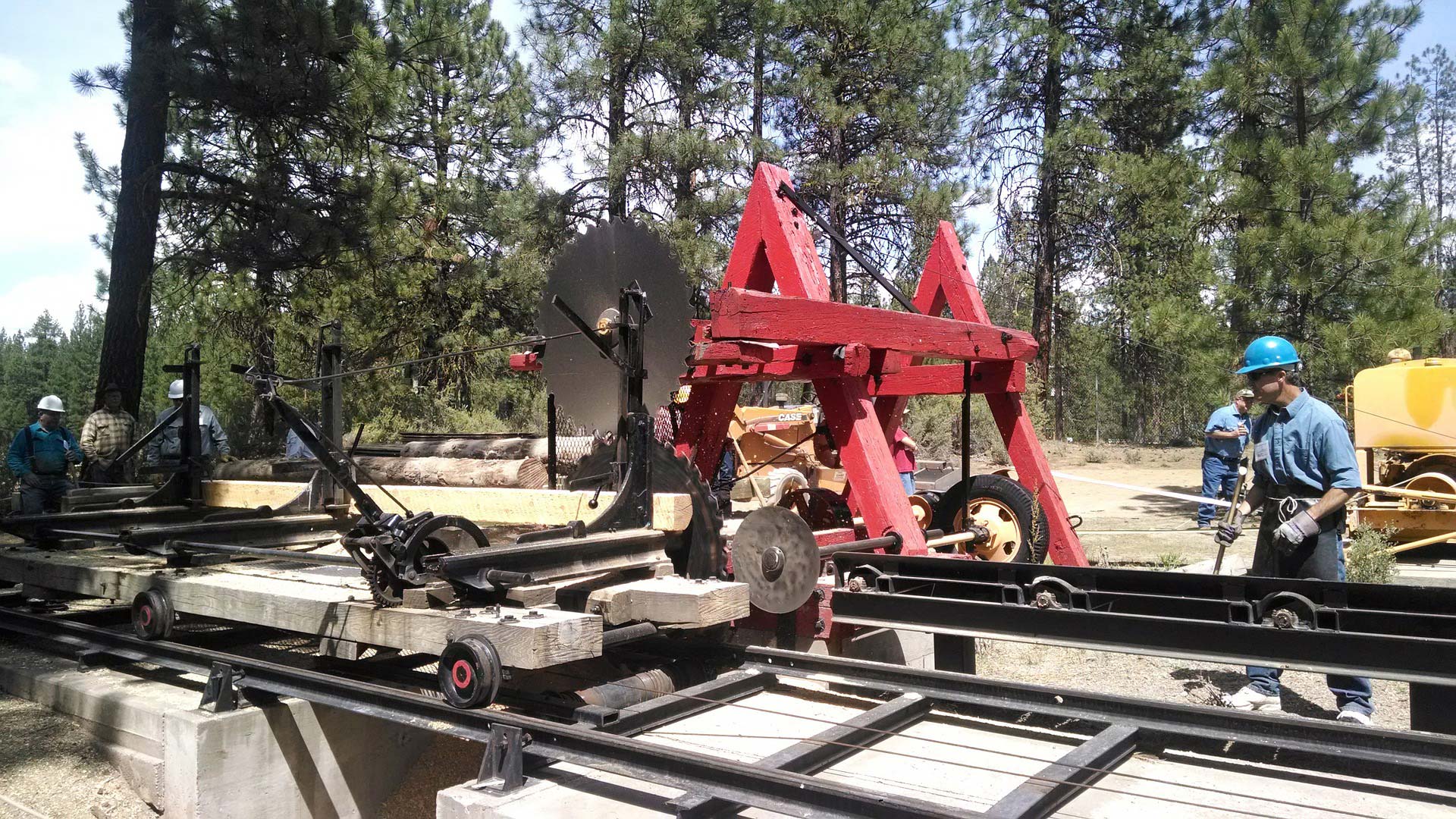
Recent trends in manufacturing and what they mean for the people and communities of the American West, with insights for rural areas in particular. Read more
-
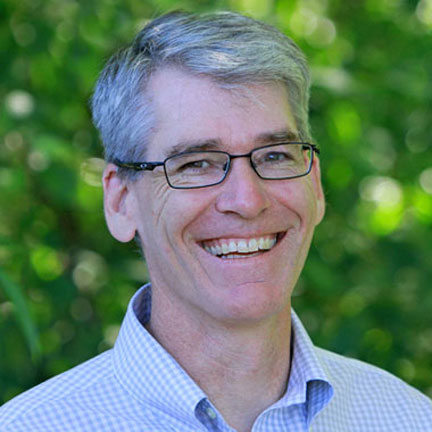
The new Administration’s plans to remove coal regulations should not dampen efforts to shift coal transition planning West to assist displaced workers and diversify coal-dependent communities. Read more
-

Explore seasonal use—including the amount, type, and timing—for 25 regional trails and pathways. Read more
-
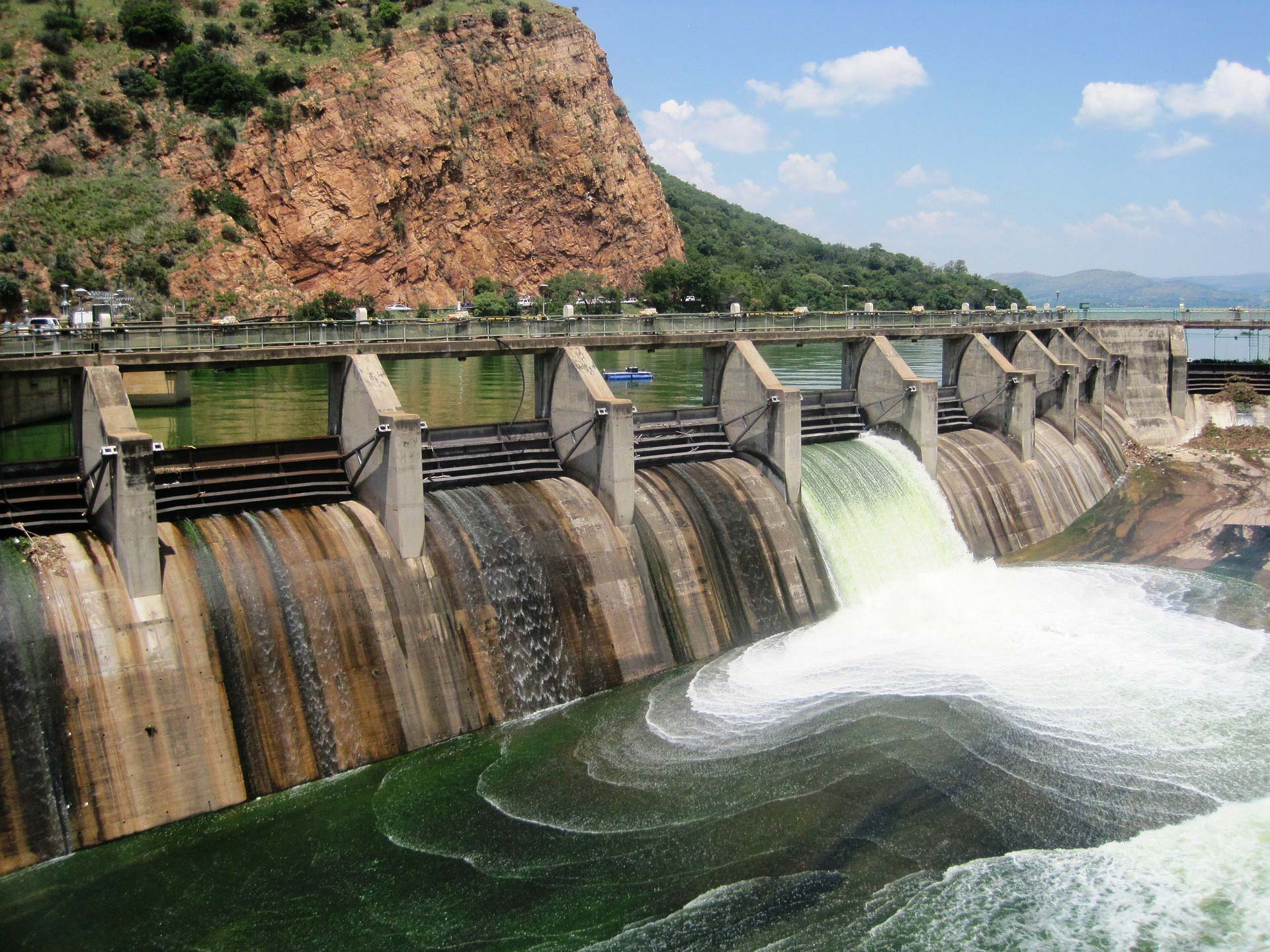
Six dam removal case studies on the fiscal, economic, environmental, and social benefits of dam removal. Read more
-
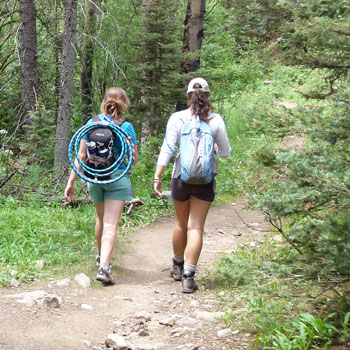
In the Taos, New Mexico area trails are a fundamental part of health and quality of life, but differences in access to trails may limit the benefits for Hispanic and low-income residents. Read more
-

Trails are good for people, but the health and social benefits of trails are not equally available to everyone. Read more
-

Many people talk about trails and quality of life, but how do we measure and obtain it? Read more
-

This blog draws on federal data and research to describe more about the local economies of the communities dependent on federal coal. Read more
-

Lower overall coal generating capacity—the outcome of coal fired power plant retirements and a demand for coal that rises and falls depending on natural gas prices—will create new volatility for coal jobs and for counties, schools, and states that depend on tax revenues from coal. Read more
-

Updated tools, research, and studies on the benefit of trails to communities and local citizens. Read more
-

Explore the West’s economy, regional performance, and what is driving economic growth. Read more
-
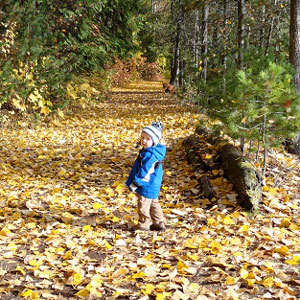
Survey provides information on Bonner County’s trail system and will help prioritize improvements based on resident usage, satisfaction, reasons for living in the area. Read more
-
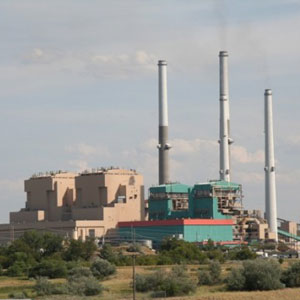
While Montana is likely to experience relatively small impacts, coal-dependent communities in Eastern Montana are likely to feel the acute effects of job losses and declining tax revenue in the coming decades. Read more
-
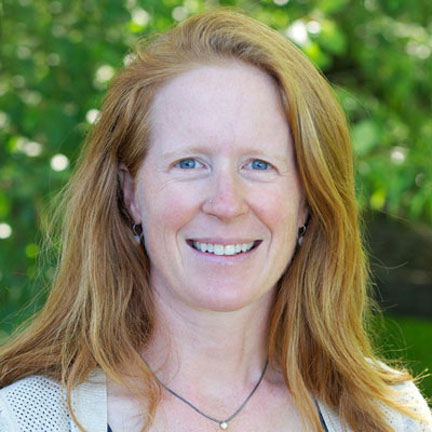
Headwaters Economics has updated its Trails Library to include 105 studies on trails, searchable by benefit, use, year, and region. Read more
-

Understanding the local economy, and how it compares to peers, is a crucial part of smart community and economic development. Several new tools, utilizing the latest data (through 2014), now are available for every county in the nation. Read more
-

Understanding what drives the local economy is crucial to smart community and economic development. This map provides detailed socioeconomic reports for every county. Read more
-

Despite being known for its rural landscapes, the West is surprisingly urban. Read more